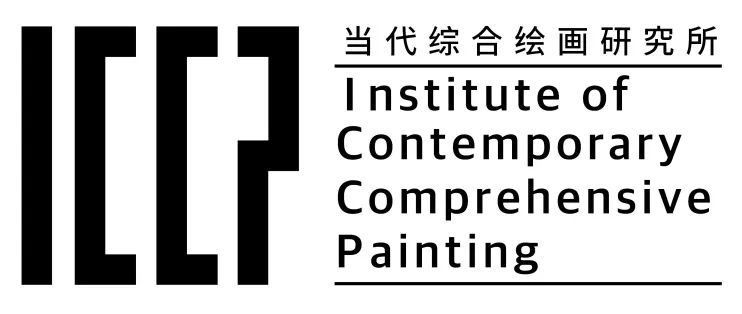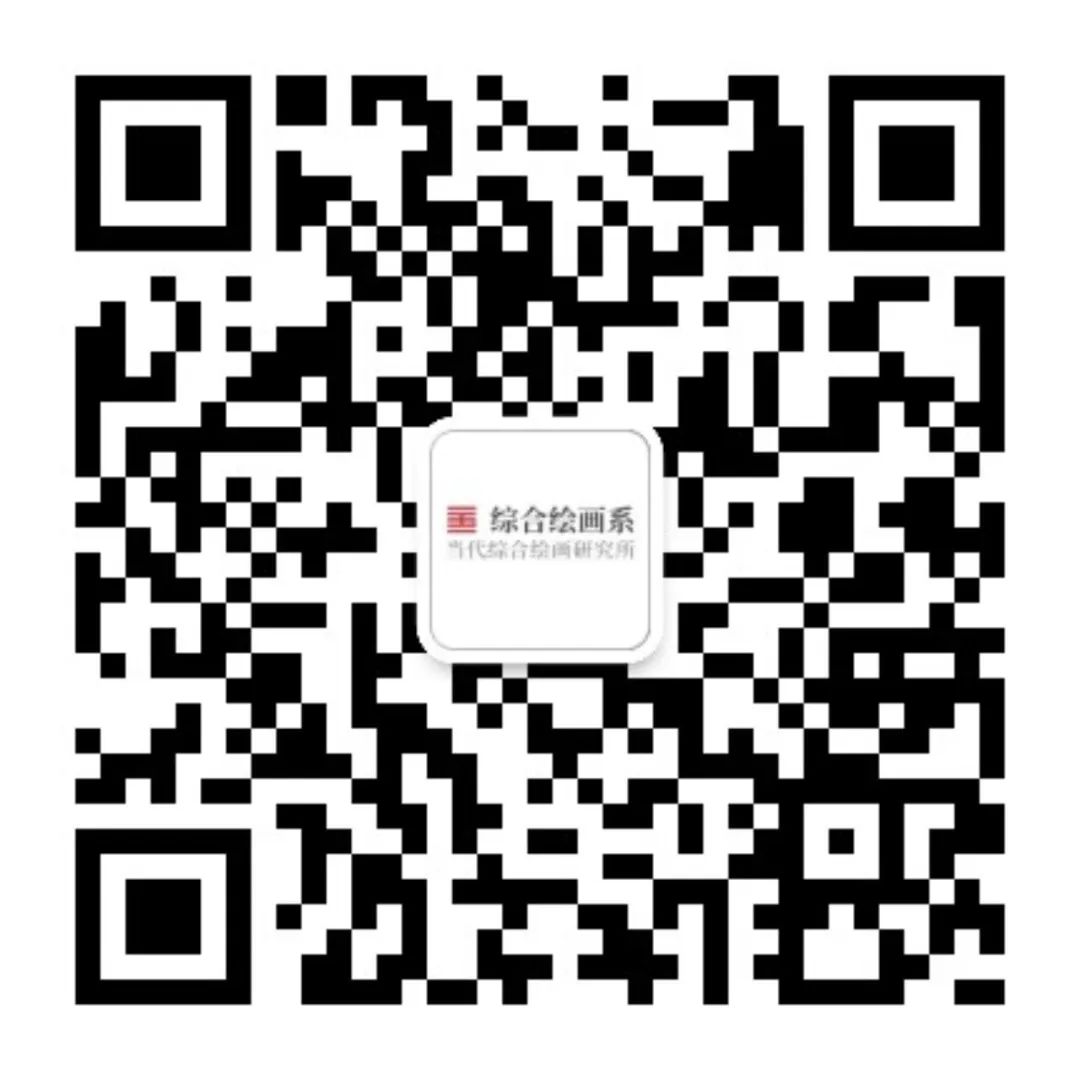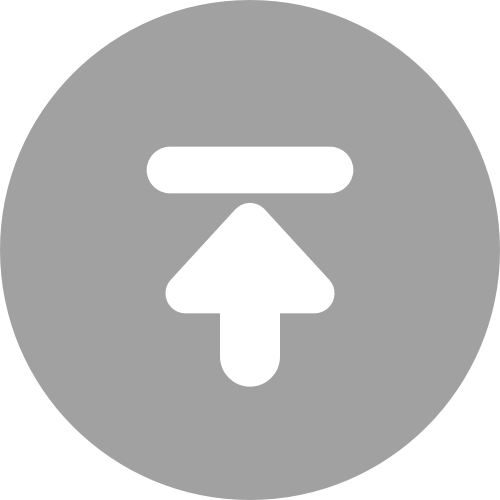Post-Internet Art Painting
Release time:2022-11-13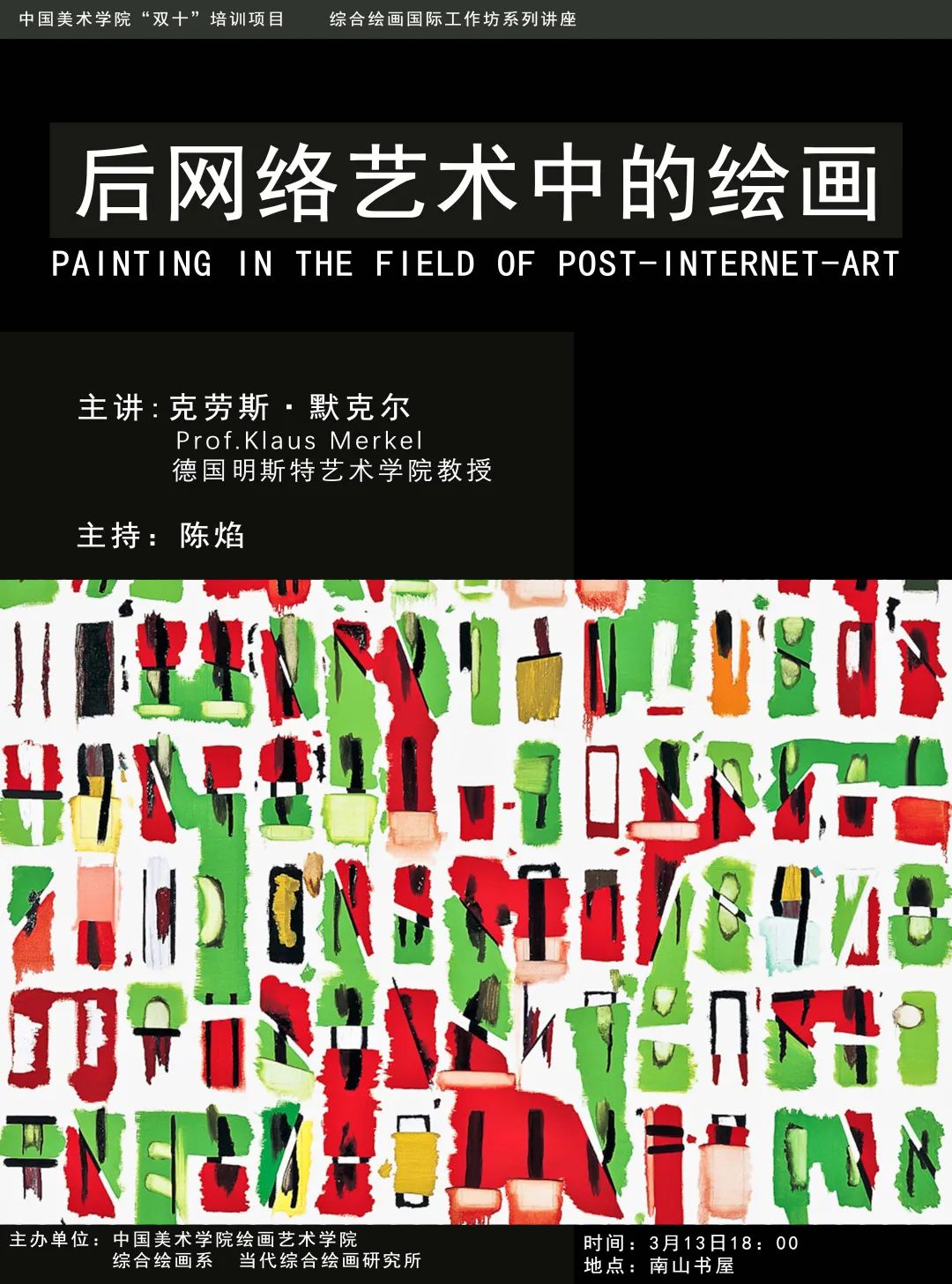
Post-Internet Art Painting
Keynote Speaker
Professor Klaus Merkel (Germany)
Hostess
Professor Chen Yan
Interpreter
Dr. Zhang Qiwei
Time
Mar. 13th, 2019
Location
China Academy of Art, Nanshan Campus, Nanshan Bookstore
(210 Nanshan Road, near Pan Tianshou Memorial)
Organizer
Department of Comprehensive Painting, School of Painiting, China Academy of Art
Research Center of Comprehensive Painting, China Academy of Art
1.Introduction
The theme of this exhibition is “A Letter from the Orient”. “Letter” is a symbol of information and message. The current era we live in has witnessed grand explosion of information; the format of information is not limited to text. Media technological tools such as WeChat are constantly delivering graphical, text and video information. The speed of information communication is developing with an unprecedented velocity. Painting, in such an age, is facing its challenges – How should painting convey its own challenge in a time like this?
From Letter from the East: 2018—2019 Inter-Youth International Painting exhibition
Professor Klaus Merkel uses the above-mentioned quote to open his lecture, in which he spoke about problem-solving in practices as a painter. Reproduction or replication, a concept that started to play a significant role as early as in the western modernism period, is the solution for understanding the proposition of transforming a subject matter into an object form. Such transformation was moulded an interzone, in painting or other forms, by the very concept of “artwork”. Here “replication” was not meant to invent the possibility of creating specific theme, but rather to learn about the fundamental knowledge of “the essence of differences” difference (Jacques Derrida) under typical circumstances. With that common ground established, one would be able to break away from the “position of naive authorship” and furthermore, become a conceptual “producer”. Professor Merkel reckoned that the main proposition for painting is to take these questions and re-position them into the current day, namely the era of New Media and Post-Internet. Hence, one could also call the theme of this lecture “painting imagery in the domain of contemporary art”.
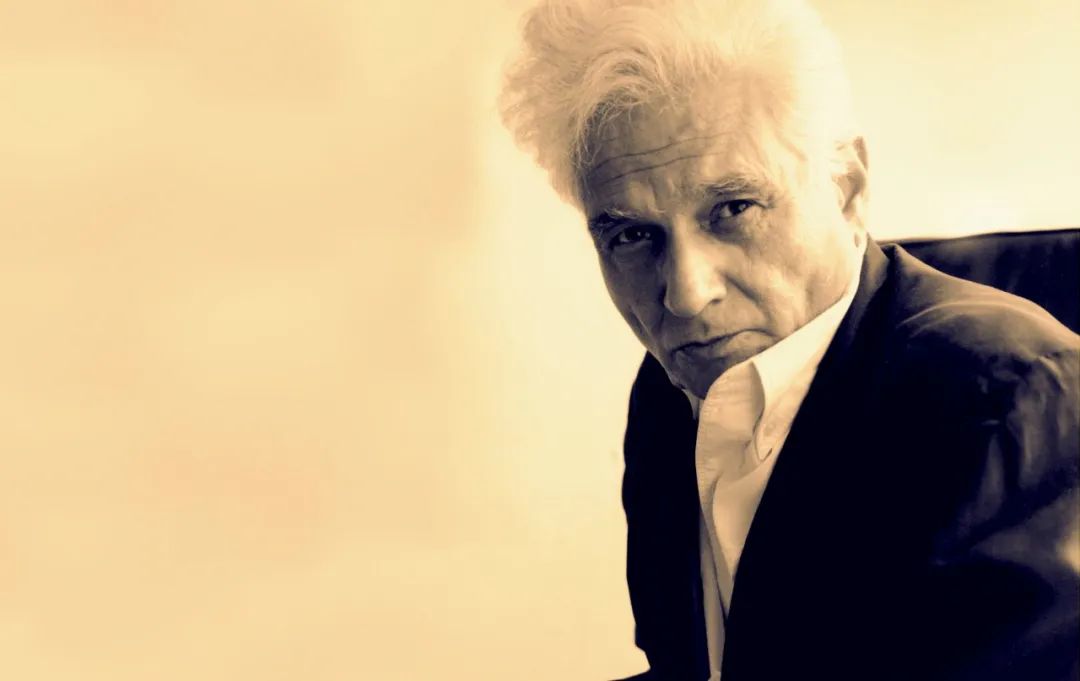
Jacques Derrida 1930.7.15-2004.10.9
2.Master-Slave System (Afterglow)
The field of contemporary art encompasses all media. For eight years, Professor Merkel has been using the term Master-Slave System (Afterglow) to describe the mutualistic symbiosis of notion and artistry. “Afterglow” is a computer science terminology; it is a systematic model of communication where one master device or process controls one or more slave devices or processes, serving to process complicated information. In order to visualize such a slave to master and then master to slave system, i.e. an information processing model of “focus – disperse – feedback - focus”, Professor Merkel used a poetic metaphor: afterglow generated by the diffuse reflection of clouds. Due to the master existence (master device/the sun), all dispersed information or diffusely-reflected lights in the metaphor, automatically composes a mutual-referencing system while no longer being merely self-referencing. They all feedback to the master while serving its reproduction/replication. Such profound replication is a perfect parallelism to the Buddhism term of “introspection”.
3.“Contemporary Art Is Post Conceptual Art” (Peter Osborne)
The second part of the lecture mentioned “the crises of representation” arisen since the birth of minimalism and conceptual art. Professor Merkel began his reflection with two significant artists, Henry Flynt and Robert Morris. Starting their artistic practices between 1961 and 1963, Flynt and Morris both made immanent criticisms on art industry.
Nevertheless, neither of them looked for a narrative solution; instead they opened up a path of plentiful modules of presentation with non-decorative art. To criticize or to decorate? They very question was a fundamental inquiry to enlightenment.
They formulated an inherent critique about the system of the art business. To achieve this, they didn’t use narrative solutions, but they used a non-decorative way of art to express an entrance in models of manifesting processes. The End of Art No.1 was the first step towards the establishment of “publicness”. It was the same moment when Arthur C Danto recognized the representativeness in Andy Warhol’s Brillo Box in 1964. He then proceeded to talk about the demise of art. In addition, Professor Merkel mentioned multiple classic cases related to appropriated history and the crises of representativeness. Interconnected, forming a timeline clue to self-conscientiousness.
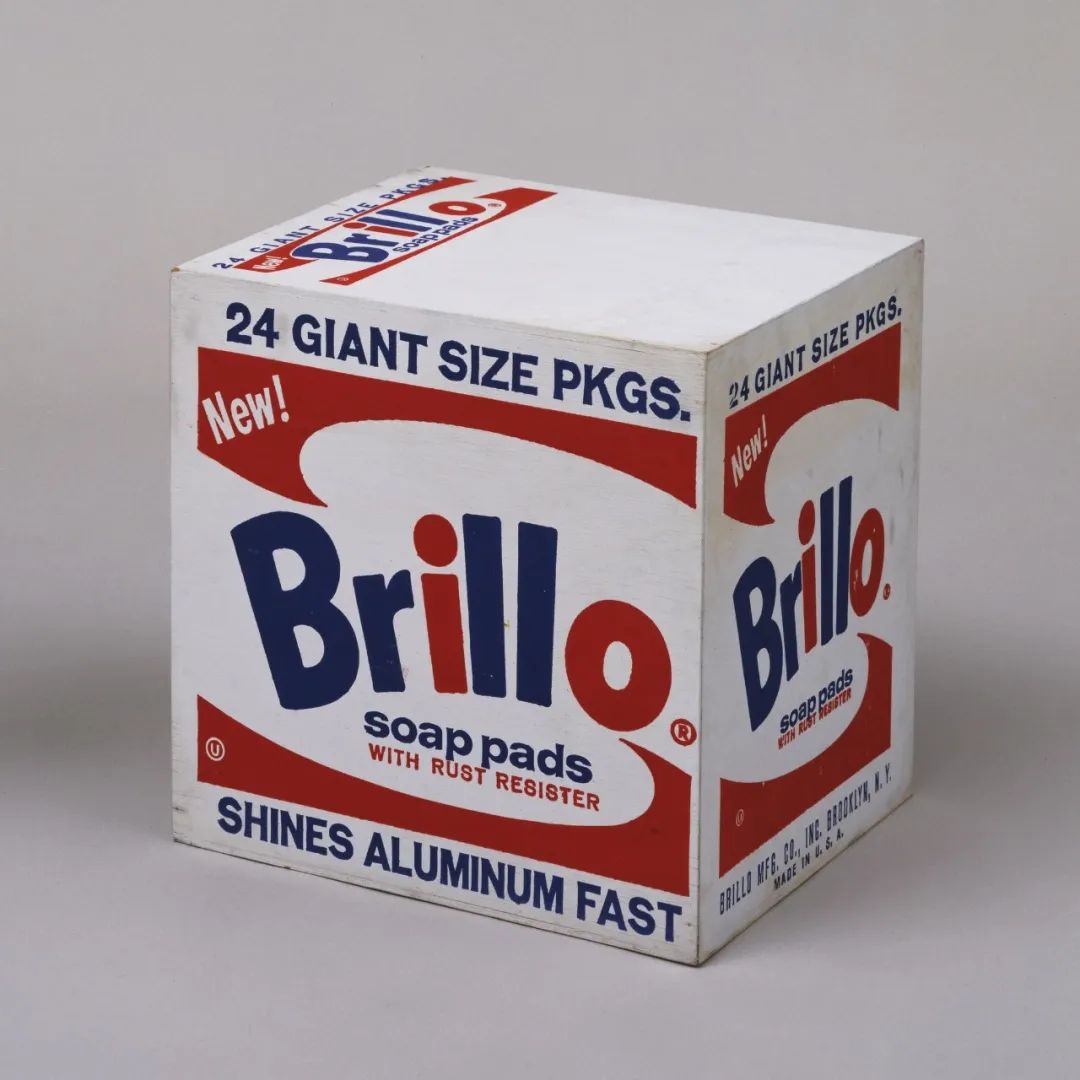
Brillo Box (Soap Pads)
Andy Warhol
Synthetic polymer paint and silkscreen ink on wood 43.3 x 43.2 x 36.5 cm,1964 年
The Museum of Modern Art: https://www.moma.org/collection/works/81383
4.South German Grammar (“Süddeutsche Grammatik”)
Being a witness of modernity, Professor Merkel insisted that his unique history with art sprouted in the transforming process from “the period of German painting heroes” to “the period of repainting”; during which he had been practicing systematic painting. He had been “repainting” while querying painting itself with post digitalism/the internet as reference system. Professor Merkel, using his own arts as examples, pictured his 40 years’ worth of works as an artist - id est, to establish an alternative model of self-referencing rather than narrative solutions. Indeed, role models are essential for this personal art history, namely the founding fathers of the idea “German painting heroes”: Academy of Fine Arts, Karlsruhe; his professors Georg Baselitz, Markus Lüpertz, Anselm Kiefer and on their opposite, Peter Dreher.
What is “repeating”, then? Professor Merkel grounded his painting upon the repetition of his own artworks. Such painting schema began with his late 1980 catalog-paintings. Professor Merkel then proceeded to share certain approaches with the audience. The 1980s Germany witnessed a phenomenon called “bad painting” or “wild painting” (or neo-fauvism) which was also found in other countries. Names like Louise Lawler, Allen McCollum, Steven Prina, Martin Kippenberger, Andrea Frazer, Philip Guston, Marcel Broodthears, John Baldessari are on the list. Just as Laurie Anderson recounted: “This is the time and this is the record of time.”
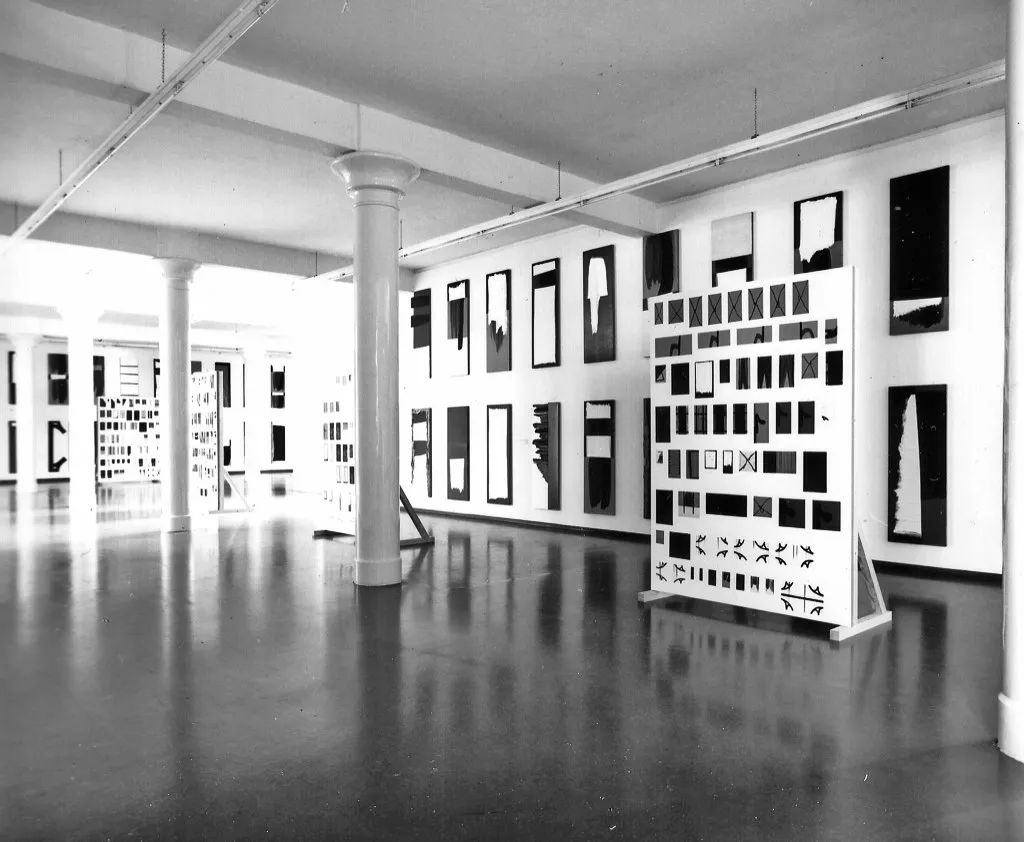
Katalogbilder Monogramm
Klaus Merkel, Solo Exhibition Display, Köln, 1993
KLAUS MERKEL personal website:
https://merkel-atelier.de/ https://merkel-atelier.de/einzelausstellungen/katalogbilder-monogramm
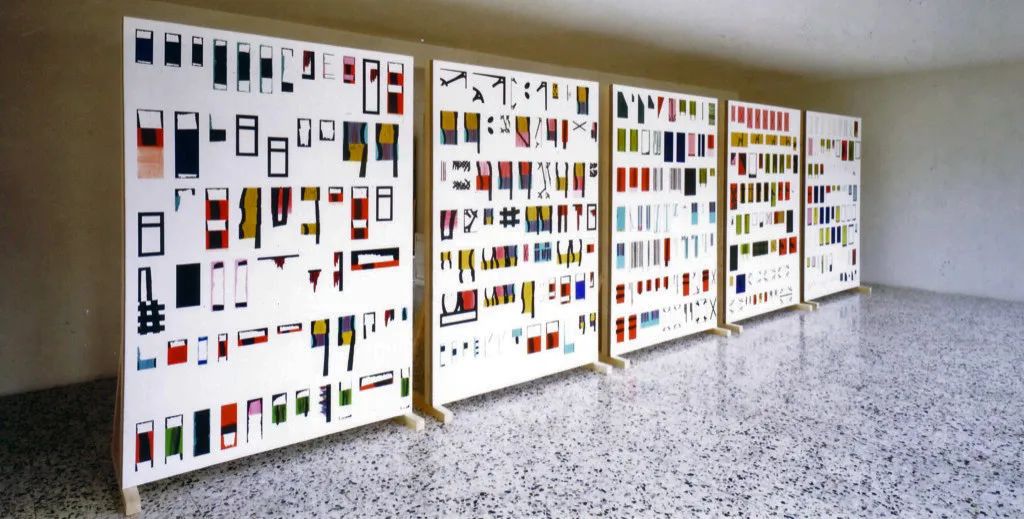
Katalogbilder
Klaus Merkel, Solo Exhibition Display
Annette Gmeiner Gallery, Stuttgart, Germany, 1993
KLAUS MERKEL personal website:
https://merkel-atelier.de/ https://merkel-atelier.de/einzelausstellungen/katalogbilder
5.“This is the time and this is the record of time.”
Admittedly, “replication” is a global problem in (modern and even in) postmodern world of art. However, one must reform all specific manipulations into one concrete system, enabling every artwork to speak out for its own status. This involves methods and strategies of performance painting (i.e., making painting an action while focusing on its altering effects).
This is, to say at least, painting with a context or a context being painted -or both, quoted Professor Merkel. George Seurat was mentioned here, with his renowned complex painting (or picture-in-picture) Les Poseuses/The Models from 1887–1888. Professor Merkel insisted that Seurat was one of the great maestro predecessors in this field of practice.
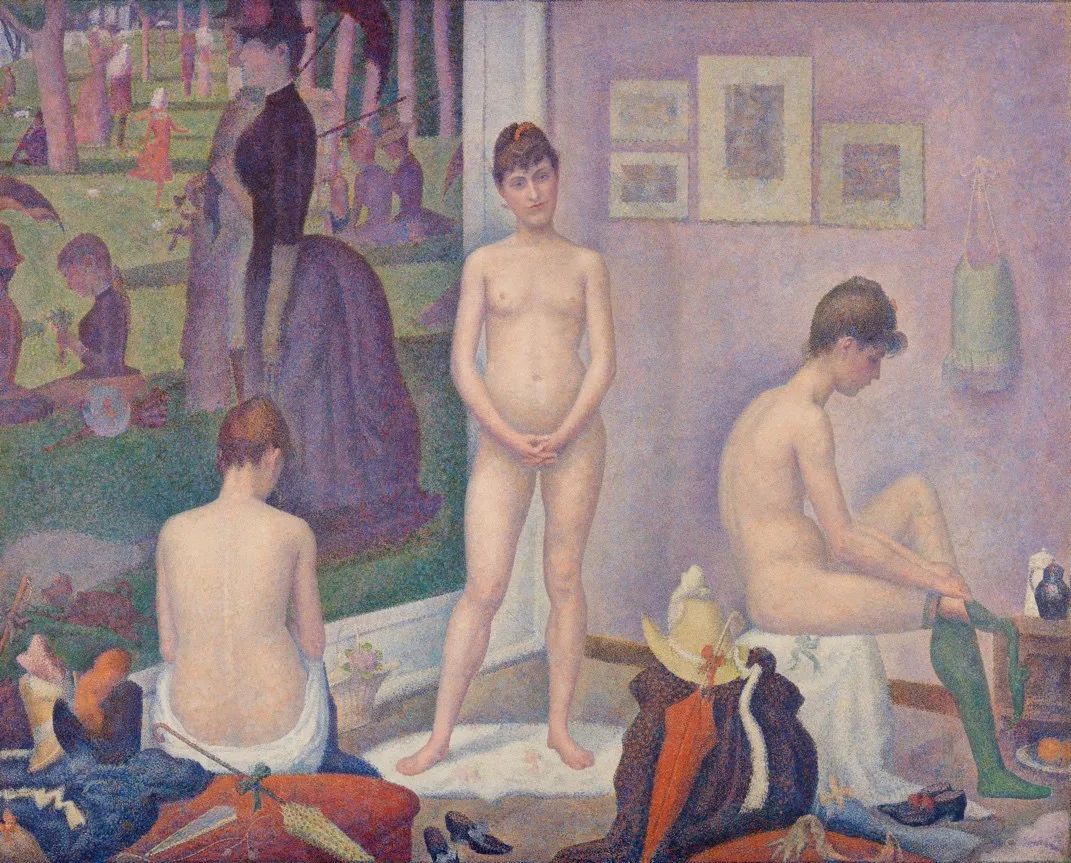
Models (Poseuses)
Georges Seurat, Oil on canvas
200 x 249.9 cm, 1886-1888
The Barnes Foundation: https://collection.barnesfoundation.org/objects/6994/Models-(Poseuses)/
As the “record of time”, Professor Merkel turned to his own artworks once more, mentioning his piece, The Work of Eternal Retrospect, that served as exhibition decoration and background. He reflected on several questions: what issue should a painting resolve to be able to integrate into the inherent (exhibition) system? What role, inter alia, does exhibition play? Professor Merkel further proposed 5 momentous exhibitions in history -not only are they historically significant, they are recently “reproduced” as well.
5.1
2013: The Prada Foundation, When Attitudes Become Form, originally exhibited in 1969.
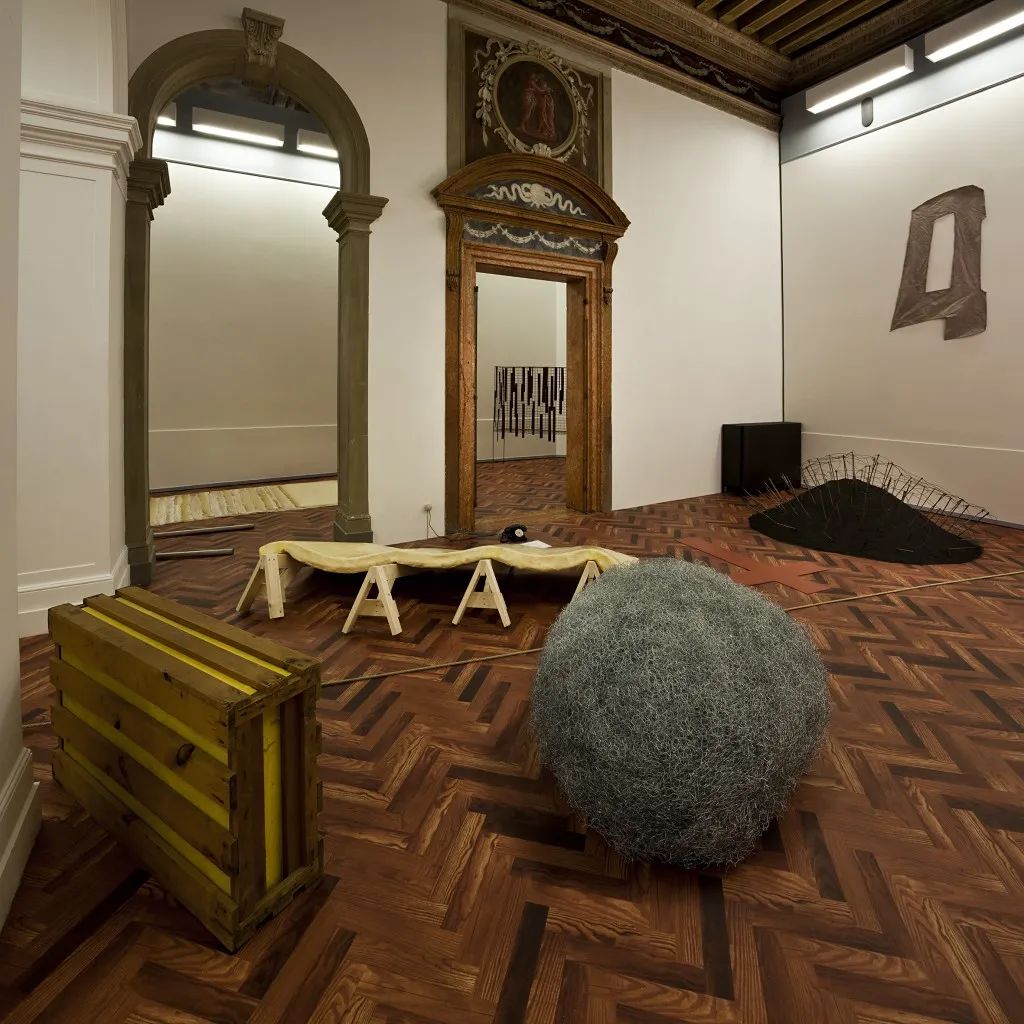
Exhibition Display, Fondazione Prada, Venezia, Italy. Source:Public Action
http://www.publicaction.fi/a-radical-redux/
Fondazione Prada
https://www.fondazioneprada.org/
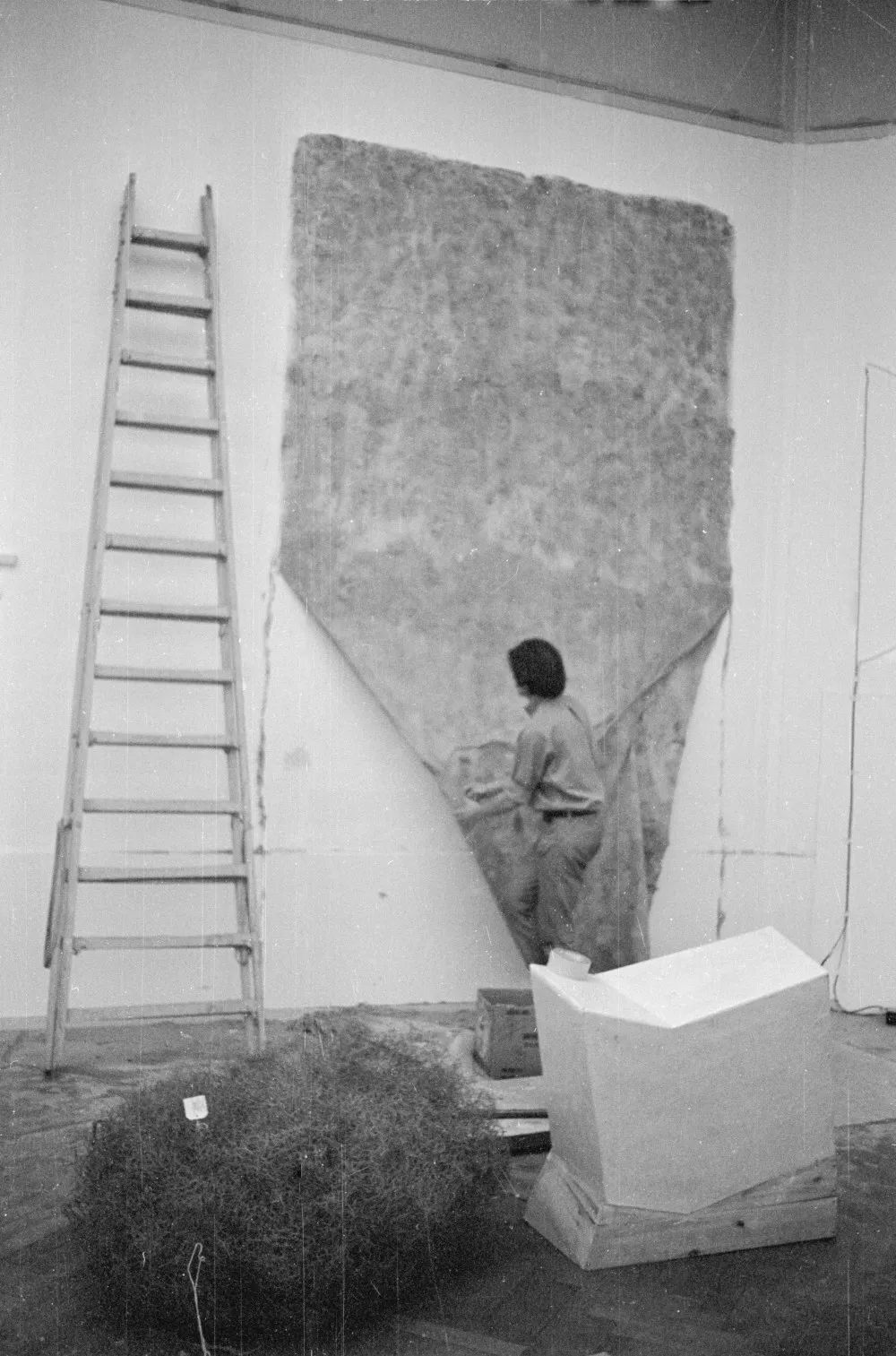
Exhibition Display, 1969
Bernisches Historisches Museum, Switzerland
Source: Public Action
http://www.publicaction.fi/a-radical-redux/
Fondazione Prada https://www.fondazioneprada.org/
5.2
2014: The Jewish Museum New York brought out Secondary Structures based on its 1966 show Primary Structures.
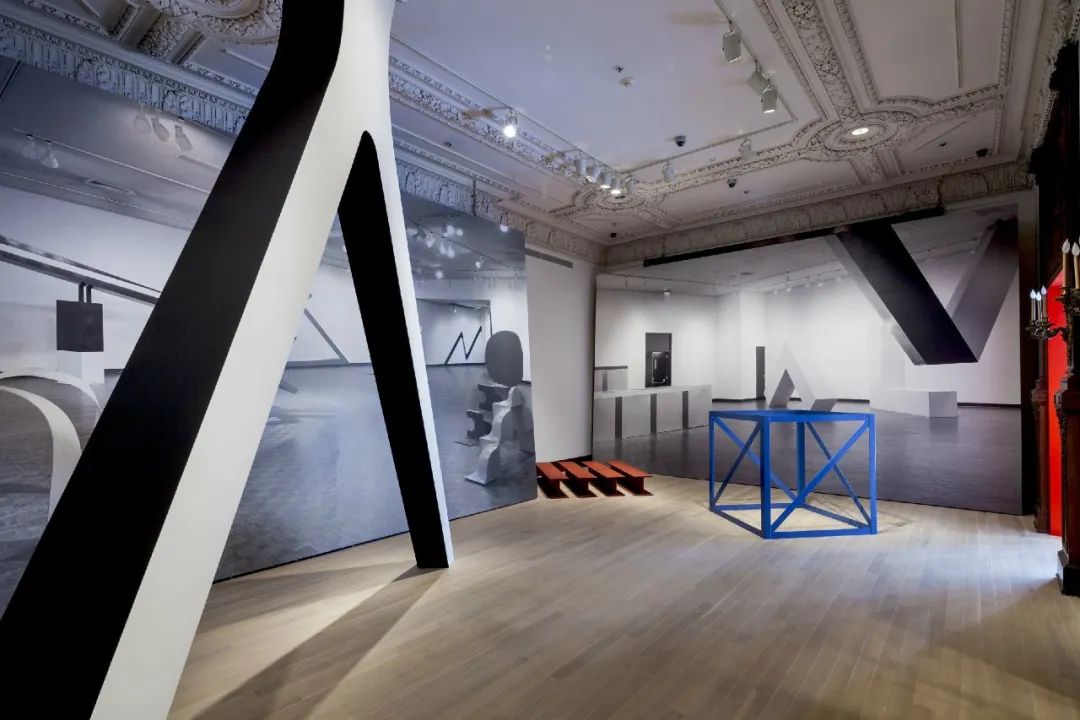
Exhibition Display, 2014
The Jewish Museum, New York
The Jewish Museum: https://twitter.com/thejewishmuseum/status/725363721481105408?lang=el
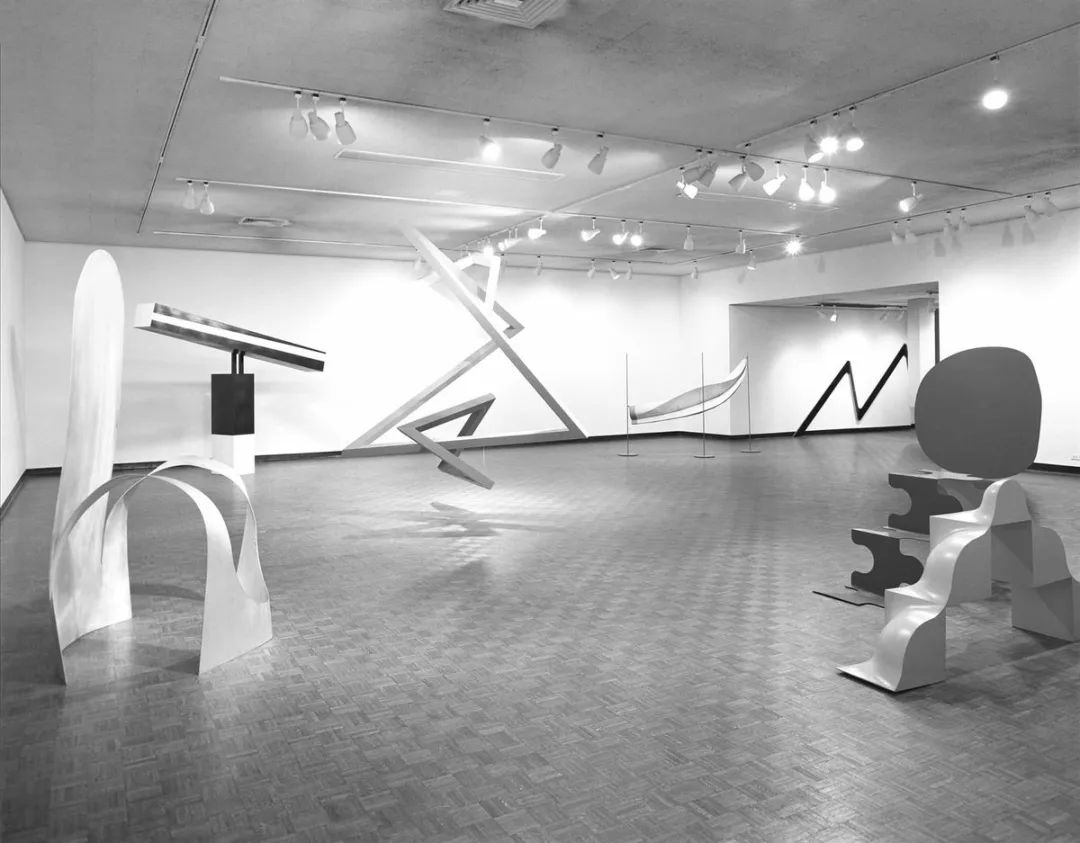
Exhibition Display, 1966, The Jewish Museum, New York
The Jewish Museum :
https://stories.thejewishmuseum.org/the-jewish-museum-remembers-kynaston-mcshine- 1d6741c02815
5.3
2014: Curated by Hans-Juergen Hafner, Nordrhein-Westfalen Artists Association organized the exhibition Les Immatriaux, paying tribute to the 1985 namesake show by Paris Francois Lyotard and Thierry Chaput in Centre Georges-Pompidou, Paris.
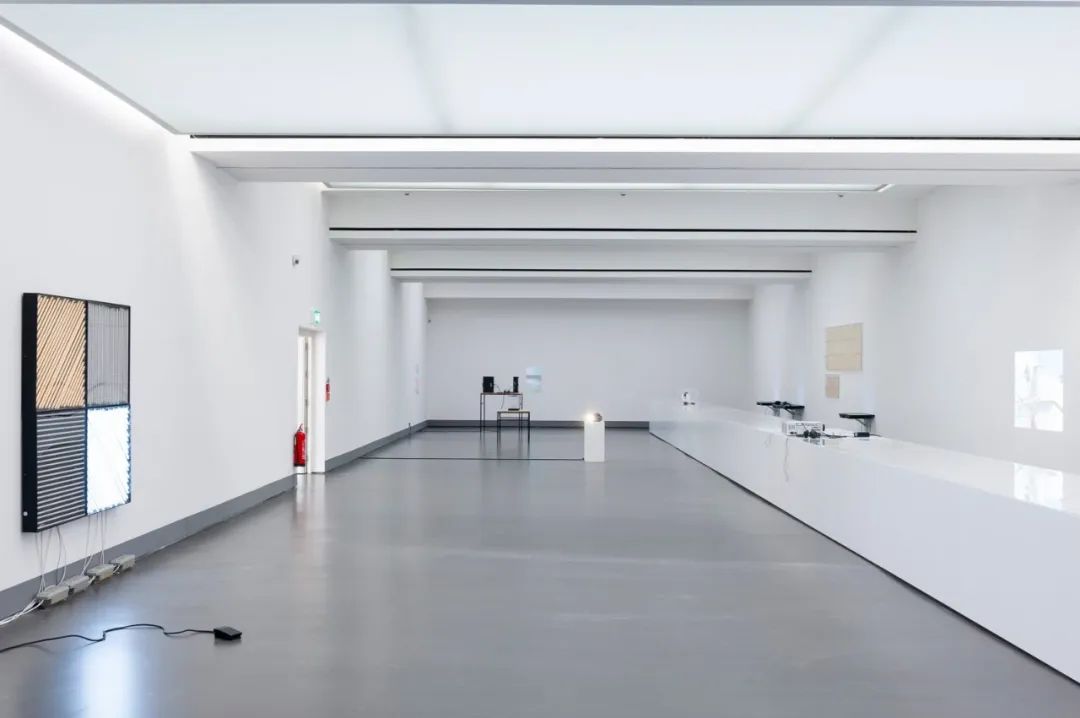
Exhibition Display, 2014
Kunstverein für die Rheinlande und Westfalen :
https://kunstverein-duesseldorf.de/en/exhibitions/les-immateriaux-for-instance/
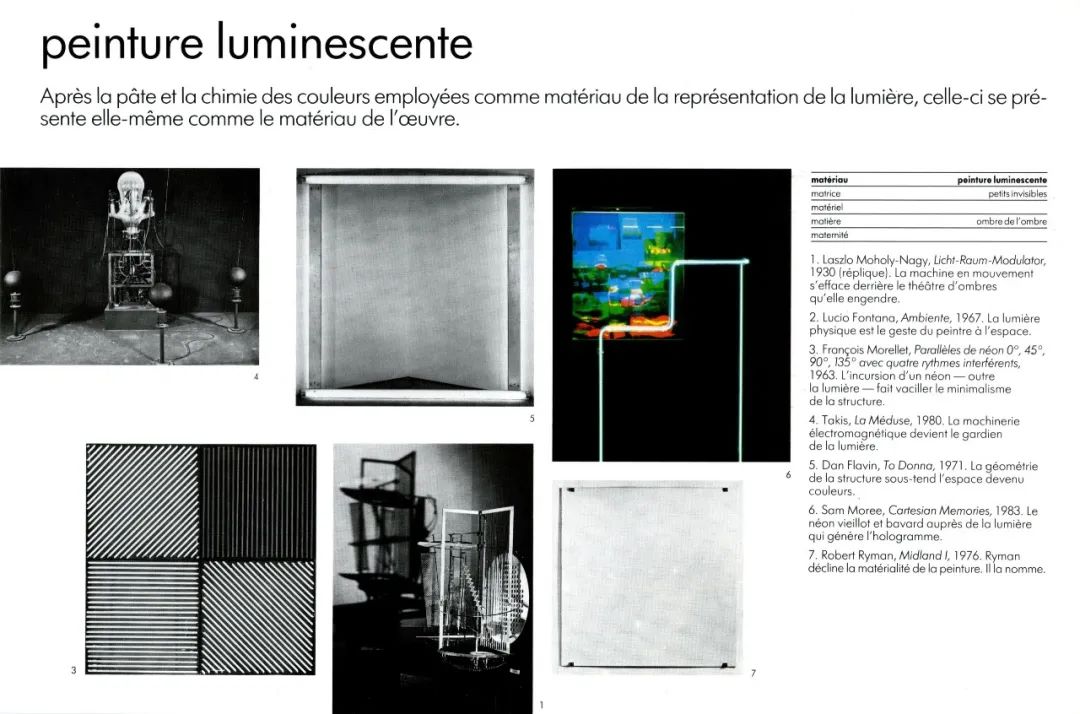
Exhibition Brochures, Centre Georges-Pompidou, Paris, France, 1985.
monoskop:PDF
-Documents-Catalogue, Vol. 2: Album et Inventaire. https://monoskop.org/images/5/52/Les_Immateriaux_Album_et_Inventaire_catalogue.pdf
5.4
2015: Based on their 2005 Elaine Sturtevant personal art exhibition Sturtevant: The Brutal Truth, Museum für Moderne Kunst curated a full retrospective Sturtevant: Drawing Double Reversal for her. The exhibition later toured to Vienna and Berlin.

Exhibition Display, Museum für Moderne Kunst, 2015,
Museum für Moderne Kunst
inexhibit.com
Source: Museum für Moderne Kunst
Museum für Moderne Kunst: https://www.inexhibit.com/marker/frankfurt-sturtevant-drawing-double-reversal/
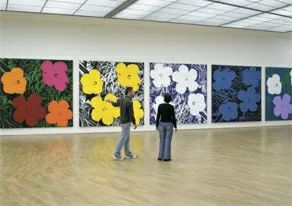
Exhibition Display, Museum für Moderne Kunst, 2015, 2005
indexmagazine.com http://www.indexmagazine.com/interviews/sturtevant.shtml
5.5
2018: Hessel Museum of Art, Bard College in New York brought an exhibition called The Conditions of Being Art, 1983-2004. This was a joint exhibition between two galleries, curated by two 80s’ New Yorker art maestros Colin de Land and Pat Heam.
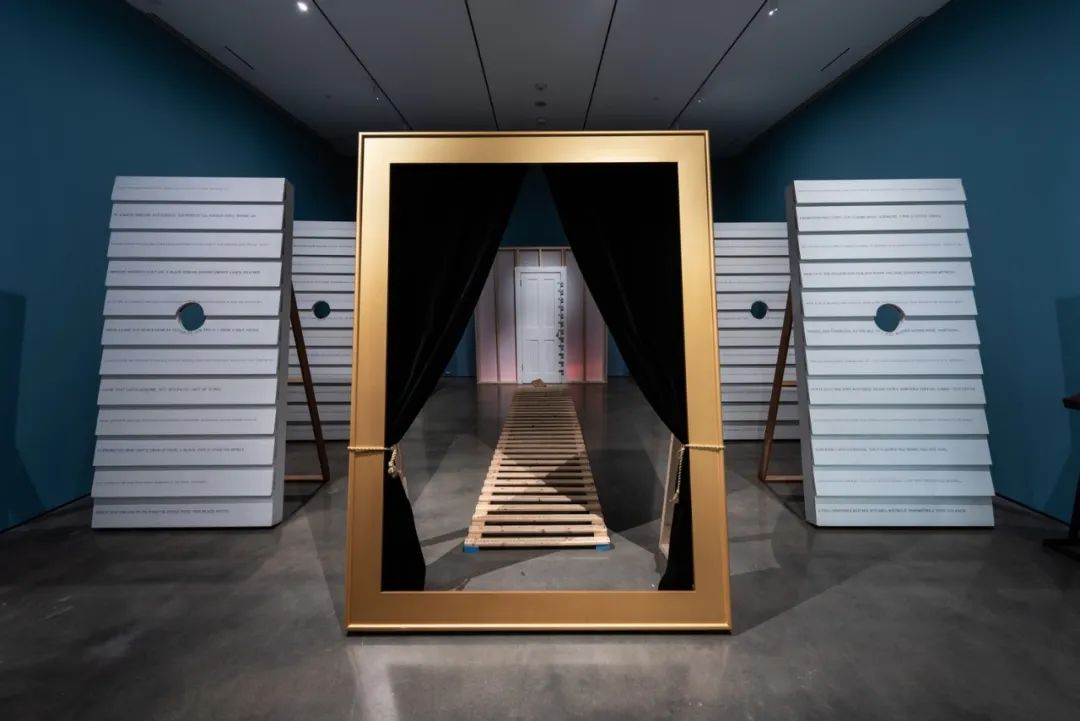
The Conditions of Being Art, 1983 – 2004, 2018.
Hessel Museum of Art,Bard College
Hessel Museum of Art,Bard College: https://ccs.bard.edu/museum/exhibitions/248-the-conditions-of-being-art-pat-hearn- gallery-and-american-fine-arts-co-1983-2004
5.6
"Painting in the domain of Post-Internet"
In the epilogue of this lecture, Professor Merkel brought up two major exhibitions of this topic. One of them was post-internet art exhibition by Bonner Kunstverein, curated by Aleksandra Domanovic and Ingve Holen in 2015. The other one is the post-internet exhibition organized by a London gallery, Project Native Informant; curators include DIS group and Juliana Huxtable. Professor Merkel intended to provoke the discussion of the following questions: Where lies the role of painting -whether it being a fantasy of the future, or a contemporary game of utopian scenes?
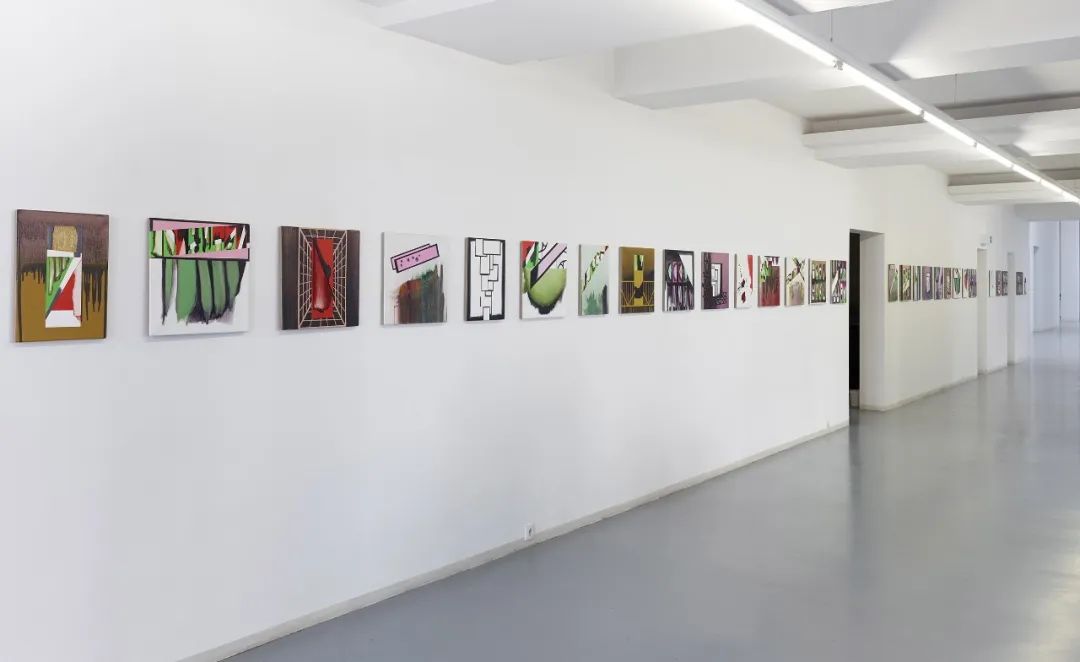
Exhibition Display, Écart Arrière
Bonn, Kunstverein, 2015
Bonner Kunstverein: https://www.bonner-kunstverein.de/en/exhibition/ecart-arriere/
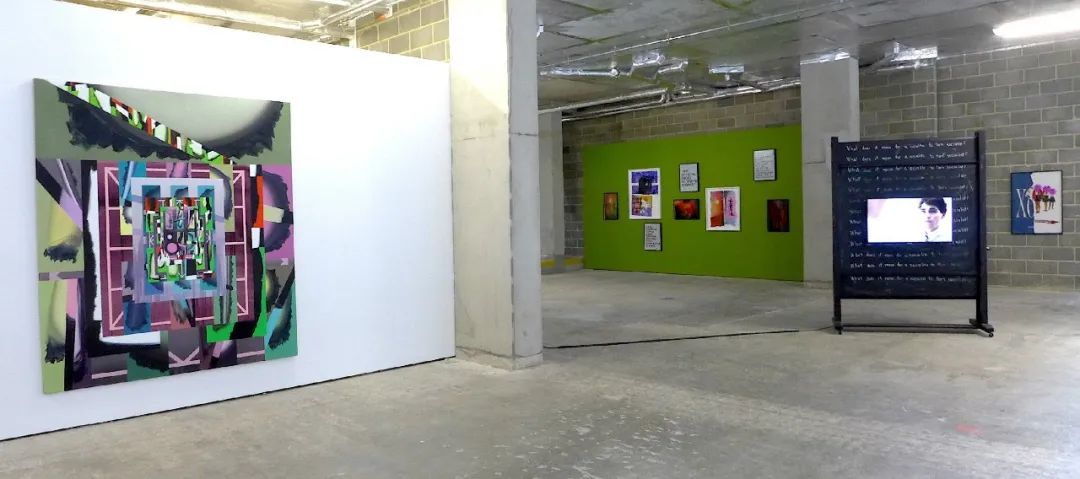
Exhibition Display, Condo
London, Project Native Informant feat. Galerie Max Mayer, 2019/Ausstellung mit Klaus Merkel,
Juliana Huxtable, DIS
KLAUS MERKEL personal website: https://merkel-atelier.de/gruppenausstellungen/condo
The climax of the speech meets the introduction of the French art-group Obvious, who was renowned for its artificial intelligence painting and printings.
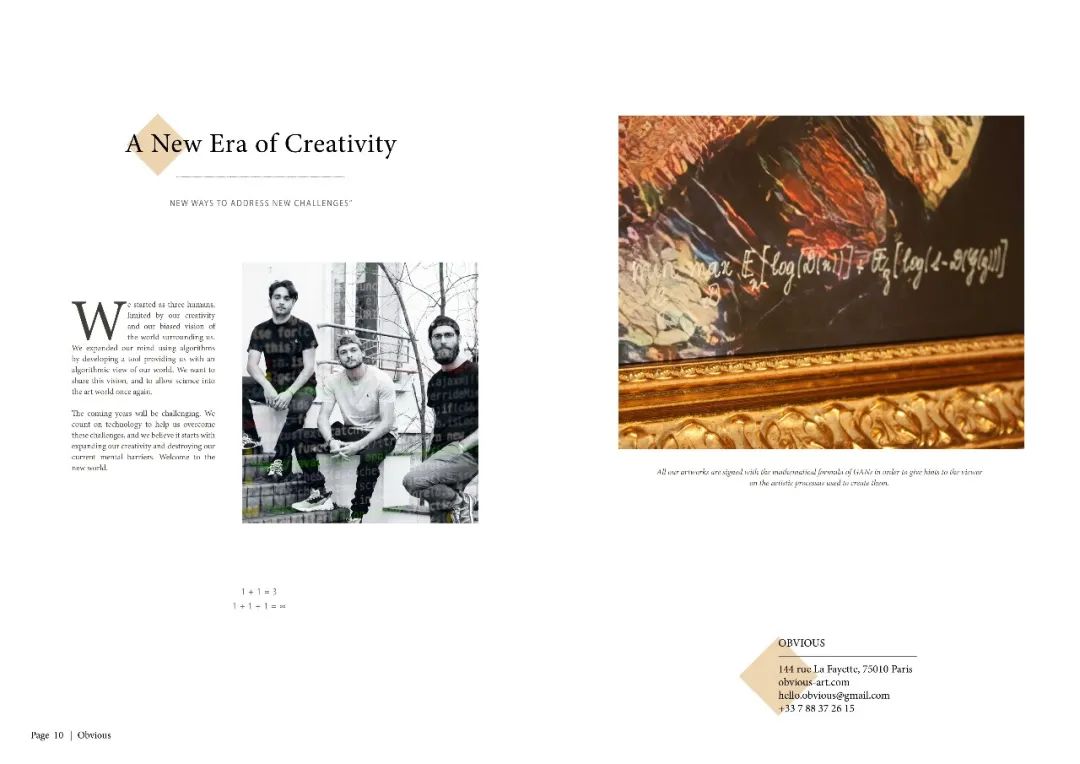
Obvious Art Group:
http://obvious-art.com/wp-content/uploads/2020/04/MANIFESTO-V2.pdf
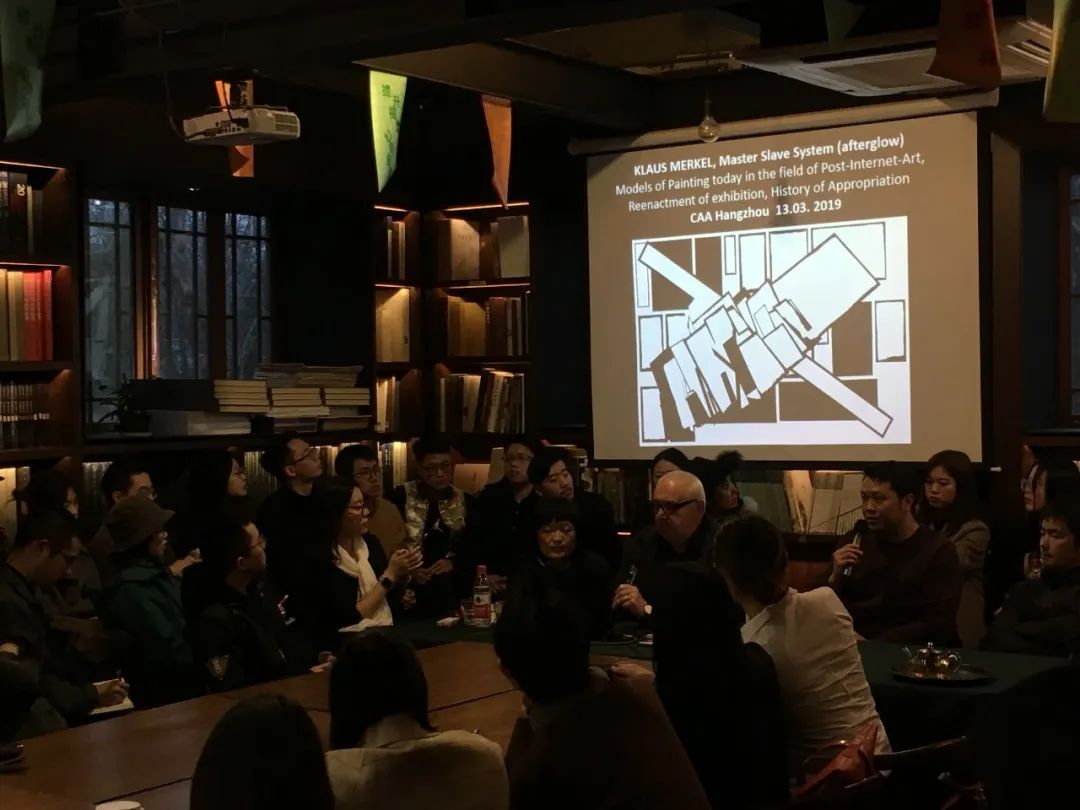
Mar. 13th, 2019
China Academy of Art, Nanshan Campus, Nanshan Bookstore
About the Keynote Speaker
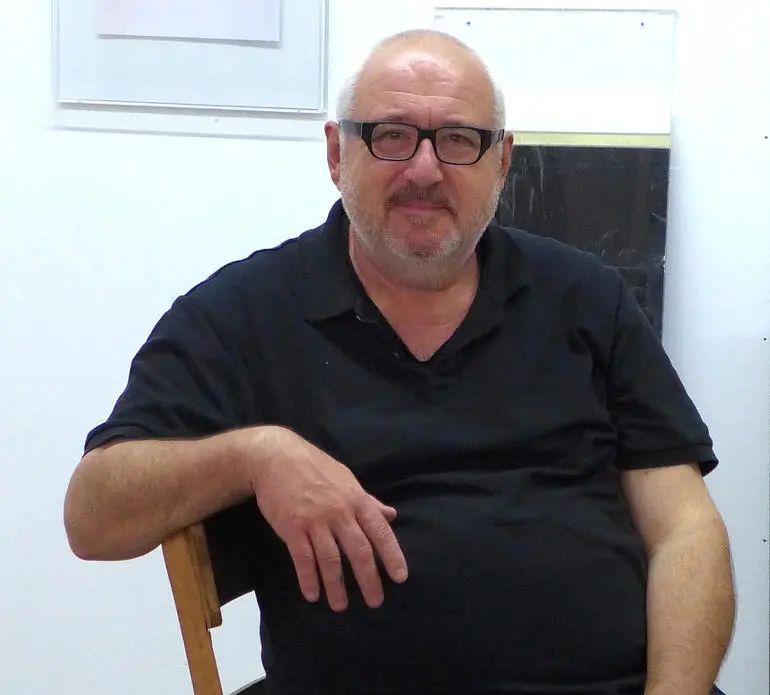
Klaus Merkel
Born in Heidelberg, Germany in 1953. He was enrolled in Staatliche Akademie der Bildenden Künste Karlsruhe from 1975 to 1980, majoring in painting. From 1988 to 2009, he had been appointed Visiting Professor to multiple art schools in cities like Karlsruhe, Bucharest, Lyon and Freiburg im Breisgau. A painting professor of Kunstakademie Münster since 2009, Professor Merkel is an expert with ample experience in both the teaching and practices of contemporary painting. His works frequented the exhibitions in Europe and the US.
Zheng Ye / Writer
Ma Jing / Editor
Zheng Ye / Reviewer
